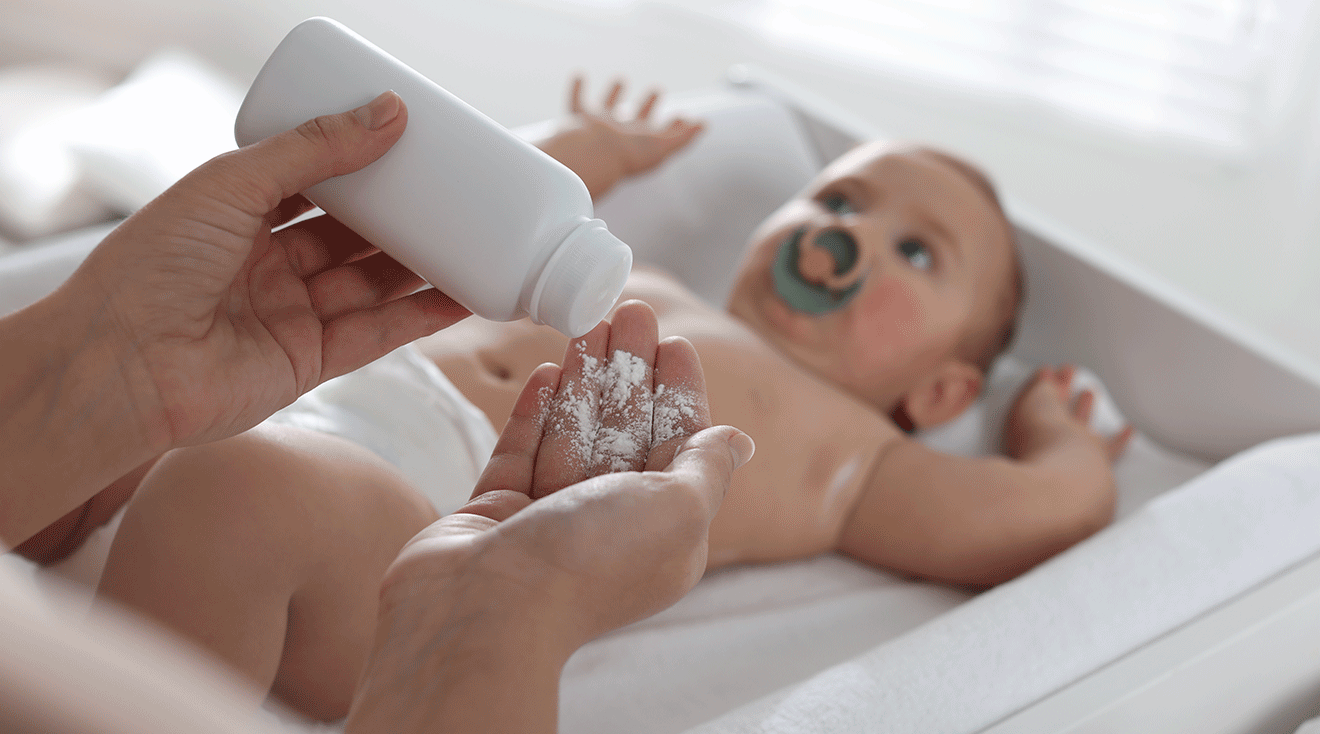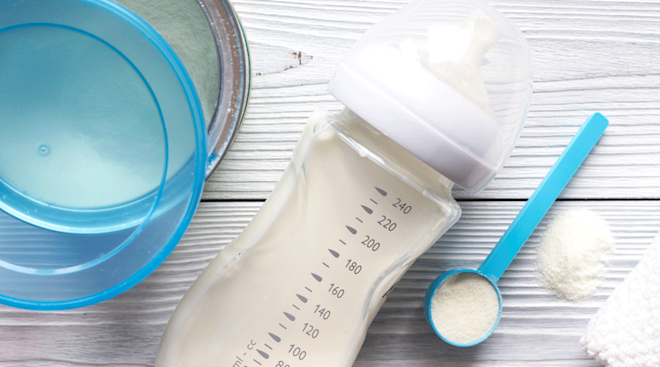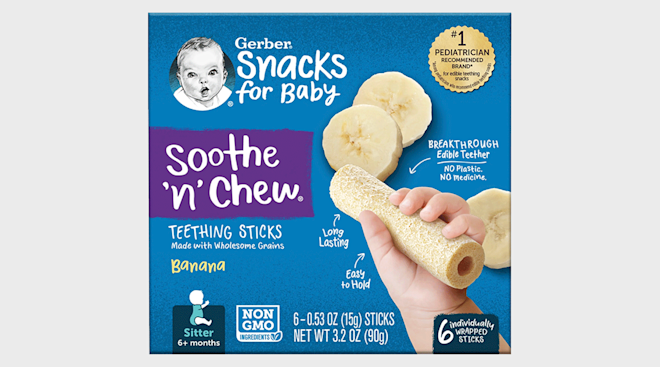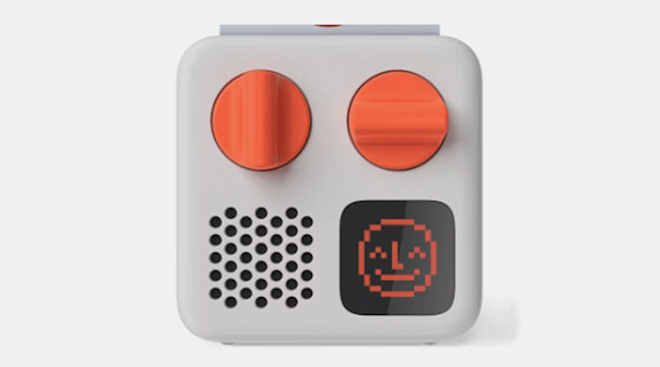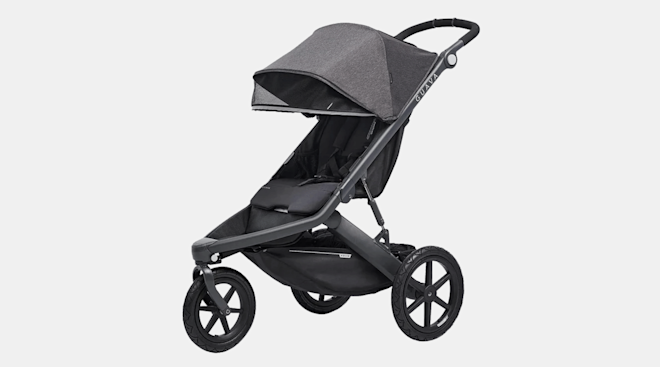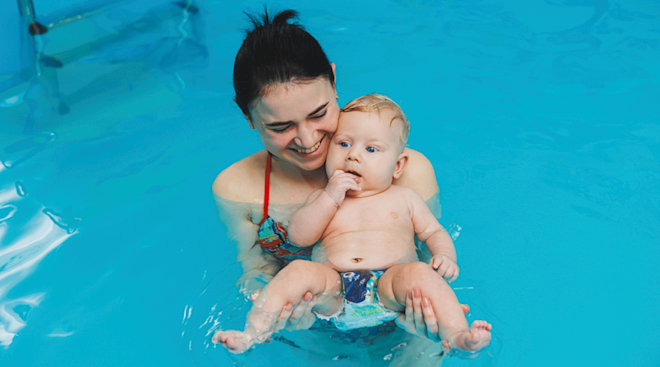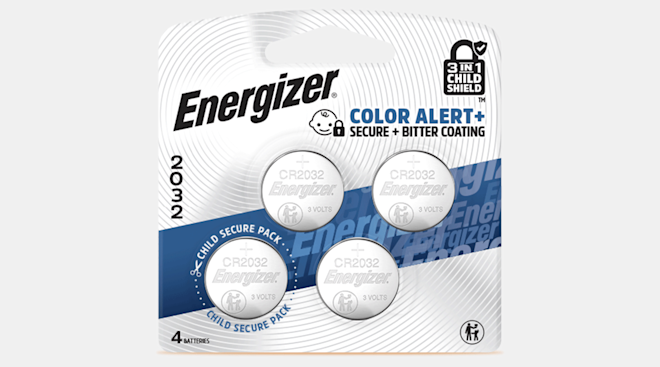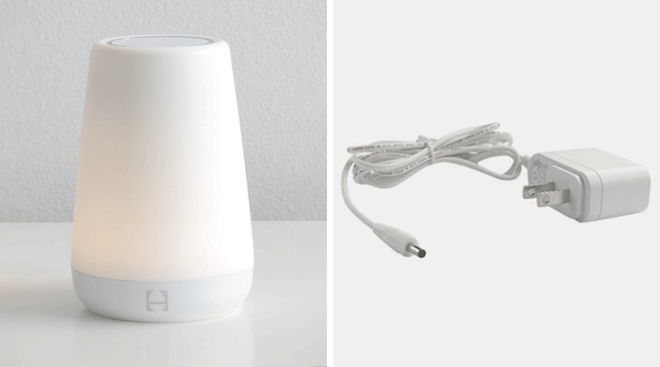Is Baby Powder Safe for Diaper Changes—or Anything?
Parents have used baby powder to deal with diaper rash for decades. But questions have been raised about its safety. So, is baby powder safe? Below, a pediatrician and a toxicologist break down where the scientific community stands when it comes to this common baby product.
In general, doctors don’t recommend using baby powder for diaper changes. “There are some studies that show a small increased risk of ovarian cancer when baby powder—talc—is used,” explains Jamie Alan, RPh, PharmD, PhD, an associate professor of pharmacology and toxicology at Michigan State University. However, Alan says that the findings are “debated in the scientific community.”
The American Academy of Pediatrics (AAP) advises against using talc powder on babies. The biggest concern flagged by the AAP is that, if the powder is inhaled, it can cause severe lung damage and breathing problems for baby. “It’s very easy to breathe in those particles; they can get into the lungs and cause yucky badness,” says Danelle Fisher, MD, pediatrician and co-medical director at Providence Saint John’s Health Center in Santa Monica, California. Ultimately, “these are really not safe products,” Fisher says.
Most traditional baby powder is made from talc. “Talc is a mineral made up mainly of magnesium, silicon and oxygen,” Alan says. Talc baby powder usually contains talc and a fragrance.
However, some baby powder is made from cornstarch. “Cornstarch is, as the name implies, starch sourced from corn,” Alan explains. The powder contains cornstarch and fragrance.
Is talc-free baby powder safe?
Some baby powder is labeled talc-free and avoids the use of talc. But talc-free baby powder isn’t considered safe to use. The concern is still inhaling small particles that can interfere with breathing and lung health, Fisher says.
Is cornstarch baby powder safe?
Cornstarch baby powder is also not recommended. Cornstarch can make yeast infections and yeast-related diaper rash worse, Alan says. Like talc, it can also be breathed in. “Cornstarch and talc do become airborne, and baby can inhale the powder, which can irritate baby’s lungs,” Alan says.
The International Agency for Research on Cancer (IARC), which is part of the World Health Organization (WHO), classifies the use of talc-based body powder on female genitals as “possibly carcinogenic to humans.” Meaning, it may cause cancer.
Talc is found in the earth near asbestos, which is a known cancer-causing substance, Fisher points out. There have been several lawsuits against Johnson & Johnson, a popular brand that makes baby powder, alleging that long-term use of baby powder on the genitals caused ovarian cancer in some women. Johnson & Johnson is currently moving forward with a proposed multi-billion settlement of tens of thousands of lawsuits that claim the company’s baby powder contains asbestos and caused ovarian cancer.
Despite all the lawsuits showing the link between talc and ovarian cancer, some studies have shown it to be inconclusive. A 2014 study of more than 6,000 women who were followed for more than 12 years found that applying baby powder to the genitals wasn’t linked with an increased risk of ovarian cancer. But a 2016 study of more than 4,000 women found that the use of talc powder on the genitals could raise the risk of ovarian cancer by 33 percent. Worth noting: That study relied on interviews with participants about their previous use of baby powder, which could raise the risk of bias. A 2020 study didn’t show a statistically significant association between using baby powder and ovarian cancer.
“Nothing has been definitively blamed on the use of talc,” when it comes to ovarian cancer, Fisher says. “I’ve never seen it causing cancers in children.” That said, the potential risks likely outweigh any benefit.
Doctors say there are a few safe alternatives to using baby powder. “But if there’s no rash, you don’t have to put anything there,” Fisher says. If baby’s dealing with a rash, though, she recommends trying the following tips:
- Use a diaper rash cream. Look for a diaper rash cream that includes zinc oxide, which forms a barrier and soothes skin, Fisher says.
- Slather on a barrier cream. Barrier creams like petroleum jelly “can be helpful” at protecting baby’s delicate skin, she says.
- Go diaperless. “‘Air time’ is my favorite,” Fisher says. “It’s really good and healthy for the skin.” She suggests letting baby be naked for “at least” 10 to 15 minutes.
- Do frequent diaper changes. It can be tough to be on top of every wet or poopy diaper, but changing baby’s diaper as soon as you notice it’s dirty can be helpful, Fisher says.
It’s hard to say. “The jury’s still out on this,” Alan says. “We do know that inhalation of these products can irritate the lungs. Furthermore, talc deposits are often located alongside asbestos in the earth, and are sometimes contaminated with the cancer-causing agent.”
Cosmetic-grade talc, which is the most refined form of talc, is supposed to be free of asbestos, “but trace amounts have been found,” Alan says. Ultimately, it’s best to steer clear to play it safe.
Baby powder has been a nursery staple for years, but doctors say it’s really better to avoid using it.
Please note: The Bump and the materials and information it contains are not intended to, and do not constitute, medical or other health advice or diagnosis and should not be used as such. You should always consult with a qualified physician or health professional about your specific circumstances.
Plus, more from The Bump:
Jamie Alan, RPh, PharmD, PhD, is an associate professor of pharmacology and toxicology at Michigan State University.
Danelle Fisher, MD, is a pediatrician and co-medical director at Providence Saint John’s Health Center in Santa Monica, California. She earned her medical degree from the Albert Einstein College of Medicine of Yeshiva University in New York.
American Academy of Pediatrics, Make Baby’s Room Safe: Parent Checklist, August 2020
Expert Review of Anticancer Therapy, Is There a Link Between Talcum Powder, Oxidative Stress, and Ovarian Cancer Risk?, July 2024
National Cancer Institute, Asbestos, December 2022
Reuters, J&J Advances $6.48 Billion Settlement of Talc Cancer Lawsuits, May 2024
Journal of the National Cancer Institute, Perineal Powder Use and Risk of Ovarian Cancer, September 2014
Epidemiology, The Association Between Talc Use and Ovarian Cancer, May 2016
Journal of the American Medical Association, Association of Powder Use in the Genital Area with Risk of Ovarian Cancer, January 2020
Learn how we ensure the accuracy of our content through our editorial and medical review process.
Navigate forward to interact with the calendar and select a date. Press the question mark key to get the keyboard shortcuts for changing dates.
































